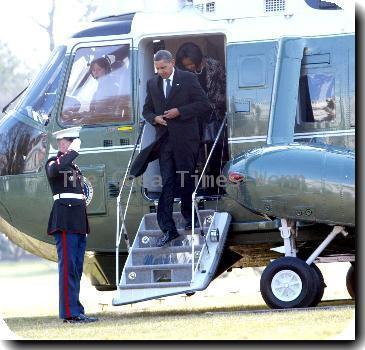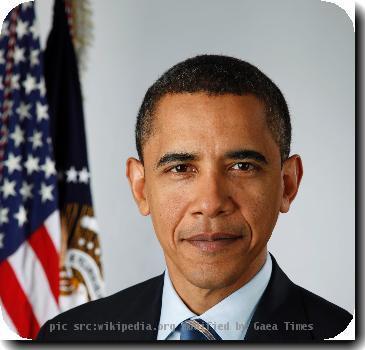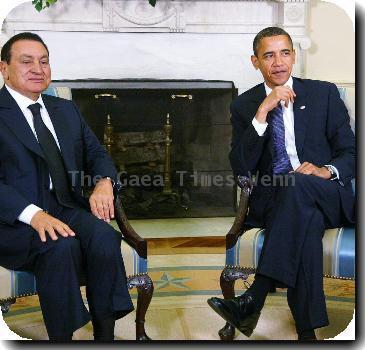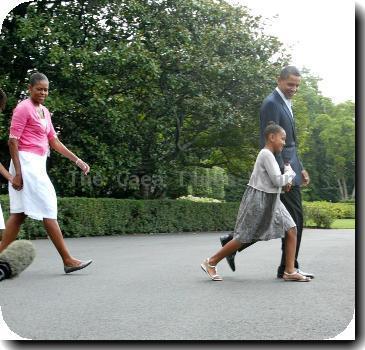Quake offers American Red Cross a chance to prove it has learned from past problems
By David Crary, APThursday, January 21, 2010
Haiti quake poses key test for American Red Cross
NEW YORK — For the American Red Cross, a surge of donations to help its relief efforts in Haiti provides a dramatic chance to prove it learned from its flawed responses to Hurricane Katrina and the 9/11 terror attacks.
“People are watching what we do. We know that,” said spokesman Roger Lowe.
Through Wednesday, the Red Cross had received by far the largest share of Haiti-inspired donations from the American public — a total of $137 million. That included more than $25 million from people making $10 donations by texting the word “Haiti” to number 90999 from their mobile phones.
It’s a remarkable show of confidence in an organization that irked many donors by earmarking some 9/11 gifts for unrelated purposes and was widely criticized for its response to Hurricane Katrina in 2005. The Red Cross’s in-house assessment after Katrina said problems included overwhelmed volunteers, inflexible attitudes, inadequate anti-fraud measures and too few strong partnerships with local charities and civic groups.
Those debacles prompted changes, and now the charity community is curious to see what transpires in Haiti.
“This could be a turning point, if they walk the walk that they say they’re going to do,” said Ken Berger, president of Charity Navigator, which monitors and evaluates U.S. charities. “Everybody is watching very closely.”
The Haiti quake is the first massive disaster to confront the American Red Cross since Gail McGovern took over as president in June 2008, after years of rapid leadership turnover. McGovern, a veteran executive and former professor of marketing at Harvard, is the fourth full-fledged president to serve since 2001, along with three interim leaders.
“Her mandate is clearly to make the organization clean up its act and become truly transparent — and all we’re hearing is that they truly intend to do that,” Berger said.
McGovern stressed that Haiti’s recovery would be “very, very slow” and pledged that her organization would be there for the long haul, working closely with other relief groups and sharing its donations.
“We learn from every single disaster,” she told The Associated Press by satellite phone while visiting the ruined Red Cross office in Haiti this week. “What we learned from Katrina is that we can’t do this alone.”
“We have been working very hard to gain the trust of the American public,” she added. “This outpouring of generosity is a sign of that trust and a very strong desire to help the people of Haiti.”
Prior to the Haiti earthquake, one of McGovern’s main challenges was restoring the financial health of Red Cross, which laid off one-third of its 3,000 employees two years ago while facing a deficit of $210 million. Since then, it received an emergency $100 million allocation from Congress and has whittled the deficit to $35.5 million while preserving its status as the No. 1 private disaster-response organization in America.
“They have resources that the rest of the charitable sector cannot approach, and we need to take advantage of that capacity,” Berger said. “We hope they step up to the plate.”
Though major relief organizations try to present themselves to the public as selfless do-gooders, there is in fact tough competition for donations and publicity, accompanied on occasion by resentment. Relief experts say there is sometimes frustration that the Red Cross, in part because it is so well-known in the U.S., gets more money for international disaster relief than organizations which make that their full-time specialty and feel they have more expertise.
“The Red Cross has a particular responsibility because they are the brand of choice,” said Kathleen McCarthy, director of the Center for the Study of Philanthropy at the City University of New York. “Haiti is going to put them under the microscope — people are going to be asking much harder questions than during 9/11 and Katrina.”
Lowe, the Red Cross’s vice president for communications, said Haiti was providing an opportunity to apply several lessons learned from Katrina in regard to service delivery, management oversight and public accountability.
“We have bolstered our engagement with partner organizations at home and abroad,” he said.
“We have become more donor-focused in the avenues we offer the public to give, like mobile texting and in our ability to communicate how their donations are used.”
Lowe detailed how the Red Cross has spent or committed $34 million of the Haiti funds received thus far:
—50 percent for ensuring that food and water are reaching earthquake survivors. This includes 3 million prepackaged meals, more than 1 million water purification packets and thousands of jerry cans so people can collect clean drinking water.
—30 percent for purchasing and distributing enough relief supplies for 60,000 families. This includes blankets, tents, tarps, hygiene supplies, kitchen sets and first aid supplies.
—20 percent for logistical support to keep the relief effort running smoothly. This includes the purchase of 20 vehicles to deliver supplies, warehouse space, gasoline, transportation costs, and the deployment of relief personnel.
“This is only the beginning,” Lowe said. “Right now, it’s important to get relief there as quickly as possible, but also be thoughtful and responsible in how we spend the funds the American people have entrusted to us.”
The Red Cross fundraising effort has received help from influential quarters.
The National Football League and the NFL Players Association are donating $500,000 to the Red Cross, and the league arranged for public service ads to run on its playoff telecasts last weekend. First Lady Michelle Obama also taped a Red Cross appeal, and she joined President Barack Obama on a visit to the Red Cross disaster operations center in Washington.
“You make us very proud,” the president said.
Though based in Washington, the Red Cross operates largely through its more than 700 local chapters nationwide. It has a charter from Congress but is not a government agency; it responds to emergencies large and small across the United States, provides support for military families, and oversees the largest U.S. blood supply network.
It also is a member of the International Federation of Red Cross and Red Crescent Societies, and teams with societies from other nations to help with international disasters.
Tags: Barack Obama, Caribbean, Emergency Management, Haiti, Latin America And Caribbean, New York, Nfl, North America, United States, Water Environment



